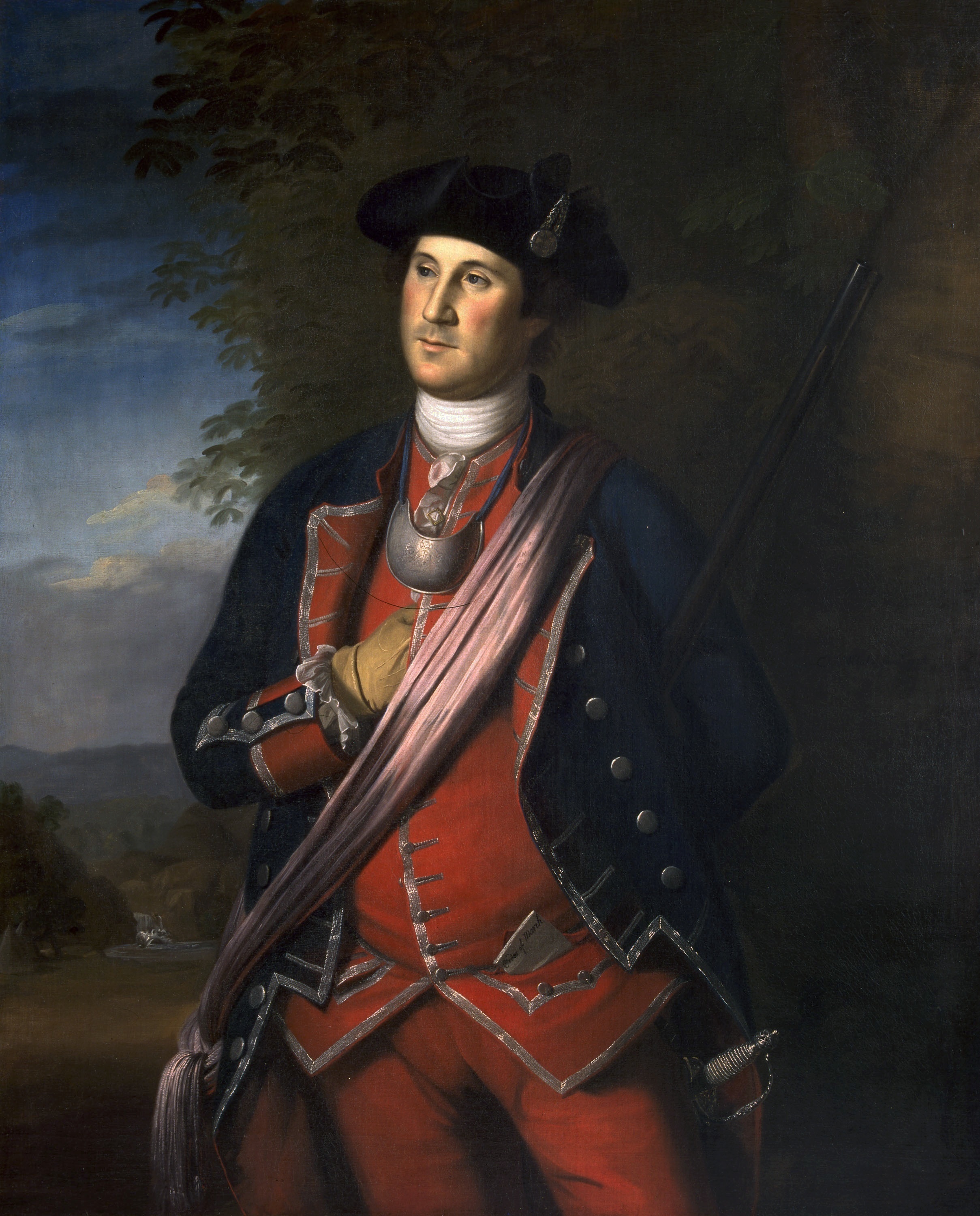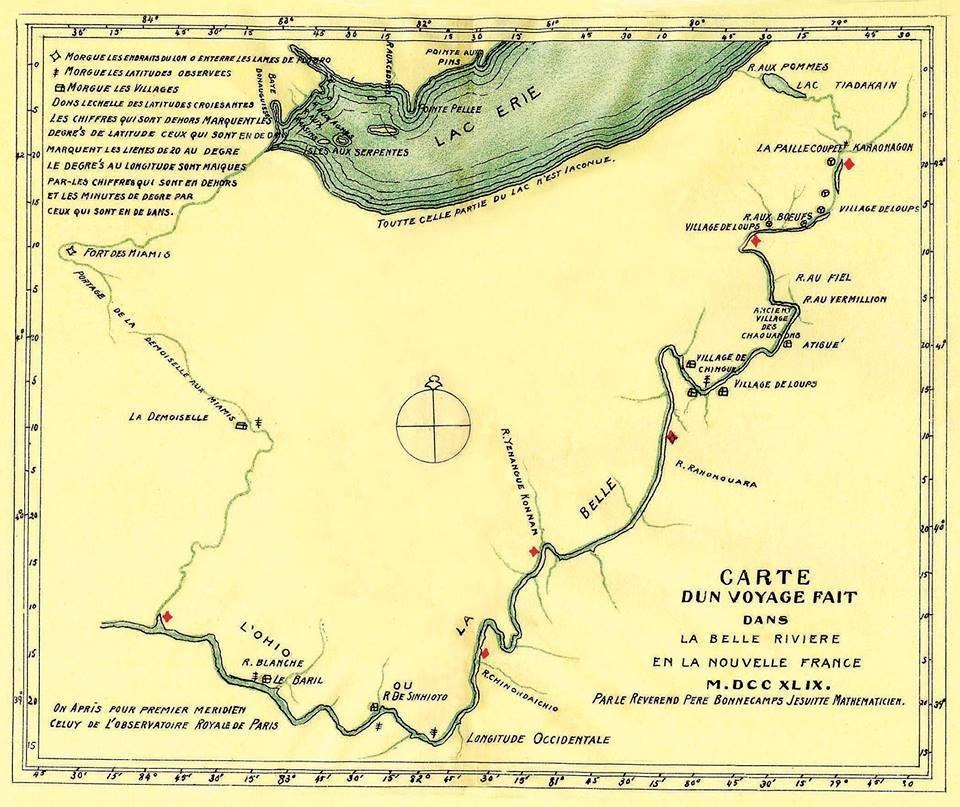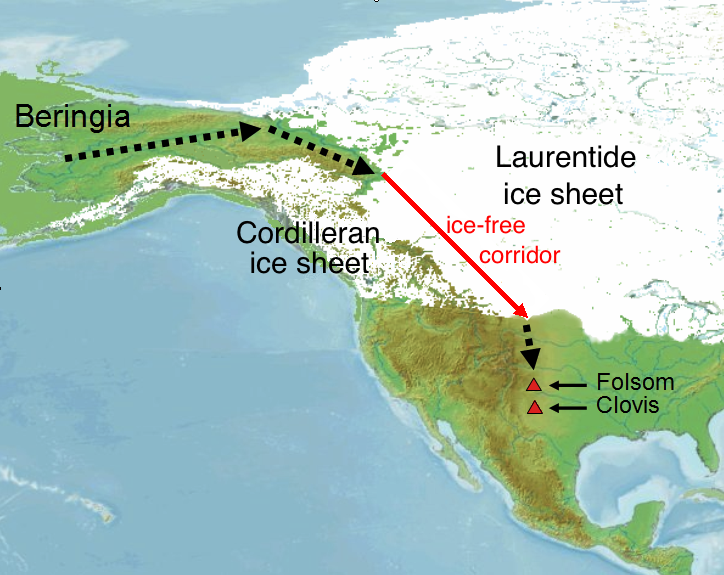|
Military Career Of George Washington
The military career of George Washington spanned over forty years of service (1752–1799). Washington's service can be broken into three periods, French and Indian War, American Revolutionary War, and the Quasi-War with France, with service in three different armed forces (British provincial militia, the Continental Army, and the United States Army). Because of Washington's importance in the early history of the United States of America, he was granted a posthumous promotion to General of the Armies of the United States, legislatively defined to be the highest possible rank in the US Army, more than 175 years after his death. French and Indian War service Virginia's Royal Governor, Robert Dinwiddie, appointed Washington a major in the provincial militia in February 1753. In that year the French began expanding their military control into the " Ohio Country", a territory also claimed by the British colonies of Virginia and Pennsylvania. These competing claims led to a w ... [...More Info...] [...Related Items...] OR: [Wikipedia] [Google] [Baidu] |
General Of The Armies
General of the Armies of the United States, more commonly referred to as General of the Armies, is the highest military rank in the United States Army. The rank has been conferred three times: to John J. Pershing in 1919, as a personal accolade for his command of the American Expeditionary Forces during World War I; to George Washington in 1976, as a posthumous honor during the United States Bicentennial celebrations; and posthumously for Ulysses S. Grant in 2022 to commemorate the 200th birthday of the Army's first four-star general. The grade is sometimes speculated to be a six-star general, as being senior to the five-star grade of General of the Army, but no six-star insignia was ever officially created and Pershing, the only person to be General of the Armies during his own lifetime, never wore more than four stars. Whether Pershing's grade should rank as four, five, or six stars has been a subject of debate ever since the five-star grades were created in 1944. To mak ... [...More Info...] [...Related Items...] OR: [Wikipedia] [Google] [Baidu] |
Virginia Regiment
The Virginia Regiment was formed in 1754 by Virginia's Royal Governor Robert Dinwiddie, as a provincial corps. The regiment served in the French and Indian War, with members participating in actions at Jumonville Glen and Fort Necessity in 1754, the Braddock expedition in 1755, and the Forbes expedition in 1758. Small detachments of the regiment were involved in numerous minor actions along Virginia's extensive wilderness frontier. History The conflict over the Ohio country led to raising of the first provincial regiment in Virginia. In 1754, the General Assembly of Virginia voted to raise a regiment of 300 men and send it to the confluence of the Alleghany and Monongahela rivers. After the battle of Fort Necessity, the Assembly voted to increase the size of the regiment from five companies to ten. The Virginian provincial troops who participated in the Braddock Expedition of 1755 and suffered defeat at the Battle of the Monongahela were unregimented: at the behest of General ... [...More Info...] [...Related Items...] OR: [Wikipedia] [Google] [Baidu] |
Logstown
"extensive flats" , settlement_type = Historic Native American village , image_skyline = Image:Logstown1.jpg , imagesize = 220px , image_alt = , image_map1 = Pennsylvania in United States (US48).svg , mapsize1 = , map_alt1 = , map_caption1 = Location of Pennsylvania in the United States , image_caption = The stone marker at or near the former site of Logstown (1725-1758) , nickname = , coordinates = , established_title = Founded , established_date = 1725-1727 , established_title2 = Demolished , established_date2 = June, 1754 , established_title3 = Rebuilt , established_date3 = 1755-58 , population_total = , population_est = 200-500 , pop_est_as_of = 1754 , subdivision_type = State , subdivision_name = Pennsylvania , subdivision_type1 = Present-day Commun ... [...More Info...] [...Related Items...] OR: [Wikipedia] [Google] [Baidu] |
Tanacharison
Tanacharison (; c. 1700 – 4 October 1754), also called Tanaghrisson (), was a Native American leader who played a pivotal role in the beginning of the French and Indian War. He was known to European-Americans as the Half-King, a title also used to describe several other historically important Native American leaders. His name has been spelled in a variety of ways. Early life Little is known of Tanacharison's early life. He may have been born into the Catawba tribe about 1700 near what is now Buffalo, New York. As a child, he was taken captive by the French and later adopted into the Seneca tribe, one of the Six Nations of the Iroquois Confederacy. He would later claim that the French boiled and ate his father. His early years were spent on the southeastern shore of Lake Erie in what is now western New York state. Becoming a leader Tanacharison first appears in historical records in 1747, living in Logstown (near present Ambridge, Pennsylvania), a multi-ethnic village about ... [...More Info...] [...Related Items...] OR: [Wikipedia] [Google] [Baidu] |
Seven Years' War
The Seven Years' War (1756–1763) was a global conflict that involved most of the European Great Powers, and was fought primarily in Europe, the Americas, and Asia-Pacific. Other concurrent conflicts include the French and Indian War (1754–1763), the Carnatic Wars and the Anglo-Spanish War (1762–1763). The opposing alliances were led by Great Britain and France respectively, both seeking to establish global pre-eminence at the expense of the other. Along with Spain, France fought Britain both in Europe and overseas with land-based armies and naval forces, while Britain's ally Prussia sought territorial expansion in Europe and consolidation of its power. Long-standing colonial rivalries pitting Britain against France and Spain in North America and the West Indies were fought on a grand scale with consequential results. Prussia sought greater influence in the German states, while Austria wanted to regain Silesia, captured by Prussia in the previous war, and to conta ... [...More Info...] [...Related Items...] OR: [Wikipedia] [Google] [Baidu] |
French And Indian War
The French and Indian War (1754–1763) was a theater of the Seven Years' War, which pitted the North American colonies of the British Empire against those of the French, each side being supported by various Native American tribes. At the start of the war, the French colonies had a population of roughly 60,000 settlers, compared with 2 million in the British colonies. The outnumbered French particularly depended on their native allies. Two years into the French and Indian War, in 1756, Great Britain declared war on France, beginning the worldwide Seven Years' War. Many view the French and Indian War as being merely the American theater of this conflict; however, in the United States the French and Indian War is viewed as a singular conflict which was not associated with any European war. French Canadians call it the ('War of the Conquest').: 1756–1763 The British colonists were supported at various times by the Iroquois, Catawba, and Cherokee tribes, and the French ... [...More Info...] [...Related Items...] OR: [Wikipedia] [Google] [Baidu] |
Robert Dinwiddie
Robert Dinwiddie (1692 – 27 July 1770) was a British colonial administrator who served as lieutenant governor of colonial Virginia from 1751 to 1758, first under Governor Willem Anne van Keppel, 2nd Earl of Albemarle, and then, from July 1756 to January 1758, as deputy for John Campbell, 4th Earl of Loudoun. Since the governors at that time were largely absentee, he was the ''de facto'' head of the colony for much of the time. Dinwiddie is credited for starting the military career of George Washington. Early life Dinwiddie was born at Glasgow before 2 October 1692, the son of Robert Dinwiddie of Germiston and Elizabeth Cumming. His younger brother Lawrence Dinwiddie was later Lord Provost of Glasgow. He matriculated at the university in 1707 before starting work as a merchant. Joining the British colonial service in 1727, Dinwiddie was appointed collector of the customs for Bermuda. Following an appointment as surveyor general of customs in southern American ports, Dinwi ... [...More Info...] [...Related Items...] OR: [Wikipedia] [Google] [Baidu] |
Washington Pennsylvania Mapb
Washington commonly refers to: * Washington (state), United States * Washington, D.C., the capital of the United States ** A metonym for the federal government of the United States ** Washington metropolitan area, the metropolitan area centered on Washington, D.C. * George Washington (1732–1799), the first president of the United States Washington may also refer to: Places England * Washington, Tyne and Wear, a town in the City of Sunderland metropolitan borough ** Washington Old Hall, ancestral home of the family of George Washington * Washington, West Sussex, a village and civil parish Greenland * Cape Washington, Greenland * Washington Land Philippines *New Washington, Aklan, a municipality *Washington, a barangay in Catarman, Northern Samar *Washington, a barangay in Escalante, Negros Occidental *Washington, a barangay in San Jacinto, Masbate *Washington, a barangay in Surigao City United States * Washington, Wisconsin (other) * Fort Washington (disambiguati ... [...More Info...] [...Related Items...] OR: [Wikipedia] [Google] [Baidu] |
History Of The United States
The history of the lands that became the United States began with the arrival of the first people in the Americas around 15,000 BC. Numerous indigenous cultures formed, and many saw transformations in the 16th century away from more densely populated lifestyles and towards reorganized polities elsewhere. The European colonization of the Americas began in the late 15th century, however most colonies in what would later become the United States were settled after 1600. By the 1760s, the thirteen British colonies contained 2.5 million people and were established along the Atlantic Coast east of the Appalachian Mountains. After defeating France, the British government imposed a series of taxes, including the Stamp Act of 1765, rejecting the colonists' constitutional argument that new taxes needed their approval. Resistance to these taxes, especially the Boston Tea Party in 1773, led to Parliament issuing punitive laws designed to end self-government. Armed conflict bega ... [...More Info...] [...Related Items...] OR: [Wikipedia] [Google] [Baidu] |
France
France (), officially the French Republic ( ), is a country primarily located in Western Europe. It also comprises of overseas regions and territories in the Americas and the Atlantic, Pacific and Indian Oceans. Its metropolitan area extends from the Rhine to the Atlantic Ocean and from the Mediterranean Sea to the English Channel and the North Sea; overseas territories include French Guiana in South America, Saint Pierre and Miquelon in the North Atlantic, the French West Indies, and many islands in Oceania and the Indian Ocean. Due to its several coastal territories, France has the largest exclusive economic zone in the world. France borders Belgium, Luxembourg, Germany, Switzerland, Monaco, Italy, Andorra, and Spain in continental Europe, as well as the Netherlands, Suriname, and Brazil in the Americas via its overseas territories in French Guiana and Saint Martin. Its eighteen integral regions (five of which are overseas) span a combined area of and contain clos ... [...More Info...] [...Related Items...] OR: [Wikipedia] [Google] [Baidu] |
Quasi-War
The Quasi-War (french: Quasi-guerre) was an undeclared naval war fought from 1798 to 1800 between the United States and the French First Republic, primarily in the Caribbean and off the East Coast of the United States. The ability of Congress to authorize military action without a formal declaration of war was later confirmed by the Supreme Court and formed the basis of many similar actions since, including American participation in the Vietnam War and the 1991 Gulf War. In 1793, Congress suspended repayments of French loans incurred during the American Revolutionary War. The dispute escalated further due to different interpretations of the 1778 treaties of Alliance and Commerce between the two countries. France, then engaged in the 1792–1797 War of the First Coalition, which included Great Britain, viewed the 1794 Jay Treaty between the United States and Britain as incompatible with those treaties, and retaliated by seizing American ships trading with Britain. Dip ... [...More Info...] [...Related Items...] OR: [Wikipedia] [Google] [Baidu] |






